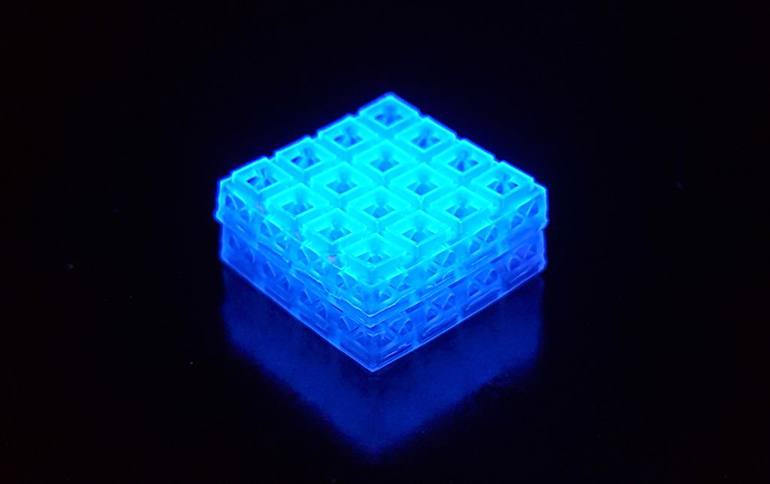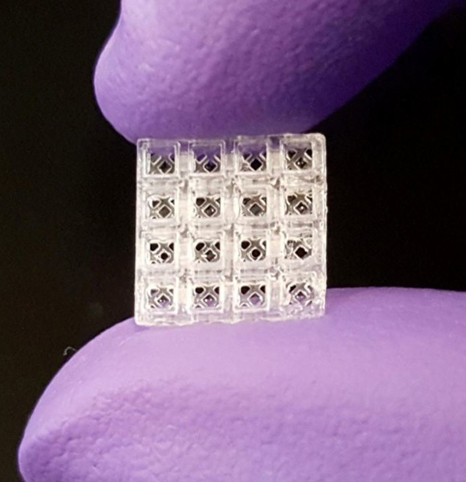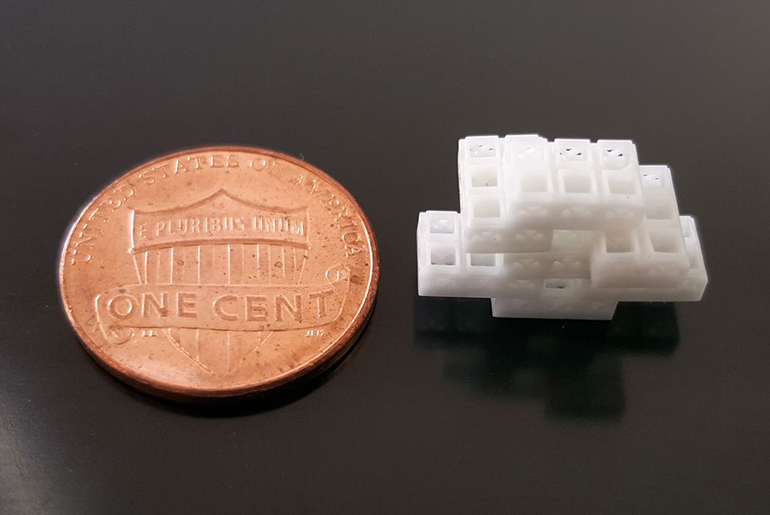
A good deal of orthopedic bone repair surgeries involve injecting powders or pastes, to serve as scaffoding, into fractures. Now a collaboration between scientists at Oregon Health & Science University (OHSU), University of Oregon, New York University, and Mahidol University in Thailand has led to the development of a Lego-like 3D printed scaffolding system that may turn out to be much easier to use and clinically more effective for treating complex bone fractures.
The tiny 3D printed cubes, which are only 1.5 mm on each side, are designed to hold onto gels seeded with growth factors that are chosen to promote the growth of nearby cells. Healthy new cells can settle onto the scaffolding created by the cubes, and the cubes can be stuck together in all kinds of ways.

These cubes were already tried as an agent to help repair the bones of rats and compared to existing scaffolding materials, demonstrating that the cubes lead to the production of three times as many blood vessels nearby. Moreover, both soft and hard tissue are able to take advantage of the new scaffolding and make home within it.
“Our patent-pending scaffolding is easy to use; it can be stacked together like Legos and placed in thousands of different configurations to match the complexity and size of almost any situation,” in a press release said Luiz Bertassoni, Ph.D., the team leader and associate professor at OHSU.
“The 3D-printed microcage technology improves healing by stimulating the right type of cells to grow in the right place, and at the right time,” added study co-author Ramesh Subbiah, Ph.D., a postdoc at OHSU. “Different growth factors can be placed inside each block, enabling us to more precisely and quickly repair tissue.”
It is now hoped that the technology will prove itself on larger animals and then in humans, and that it may one day help lead to the development of large 3D printed organs and tissues.

Study in Advanced Materials: 3D Printing of Microgel‐Loaded Modular Microcages as Instructive Scaffolds for Tissue Engineering
Via: OHSU
